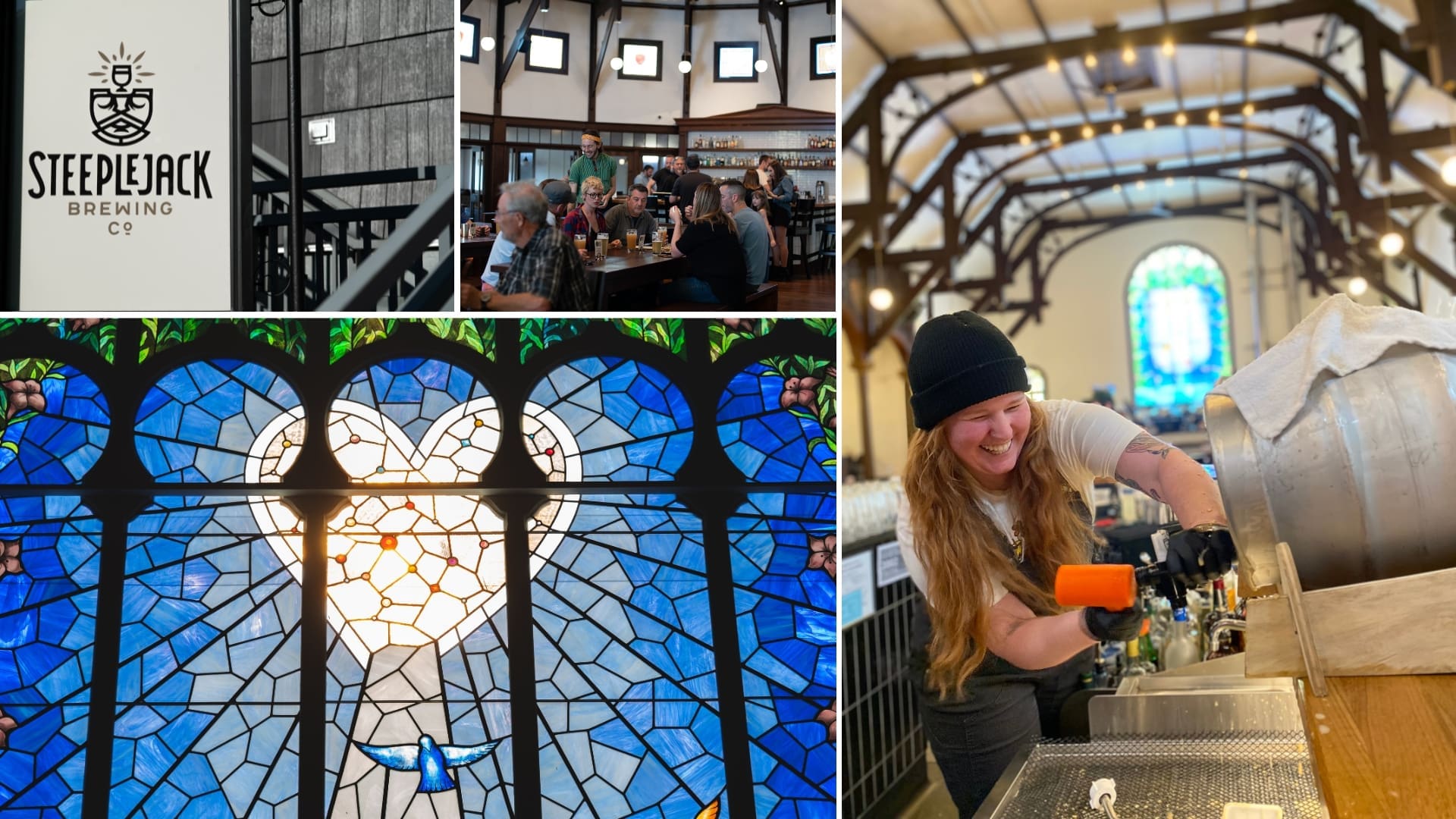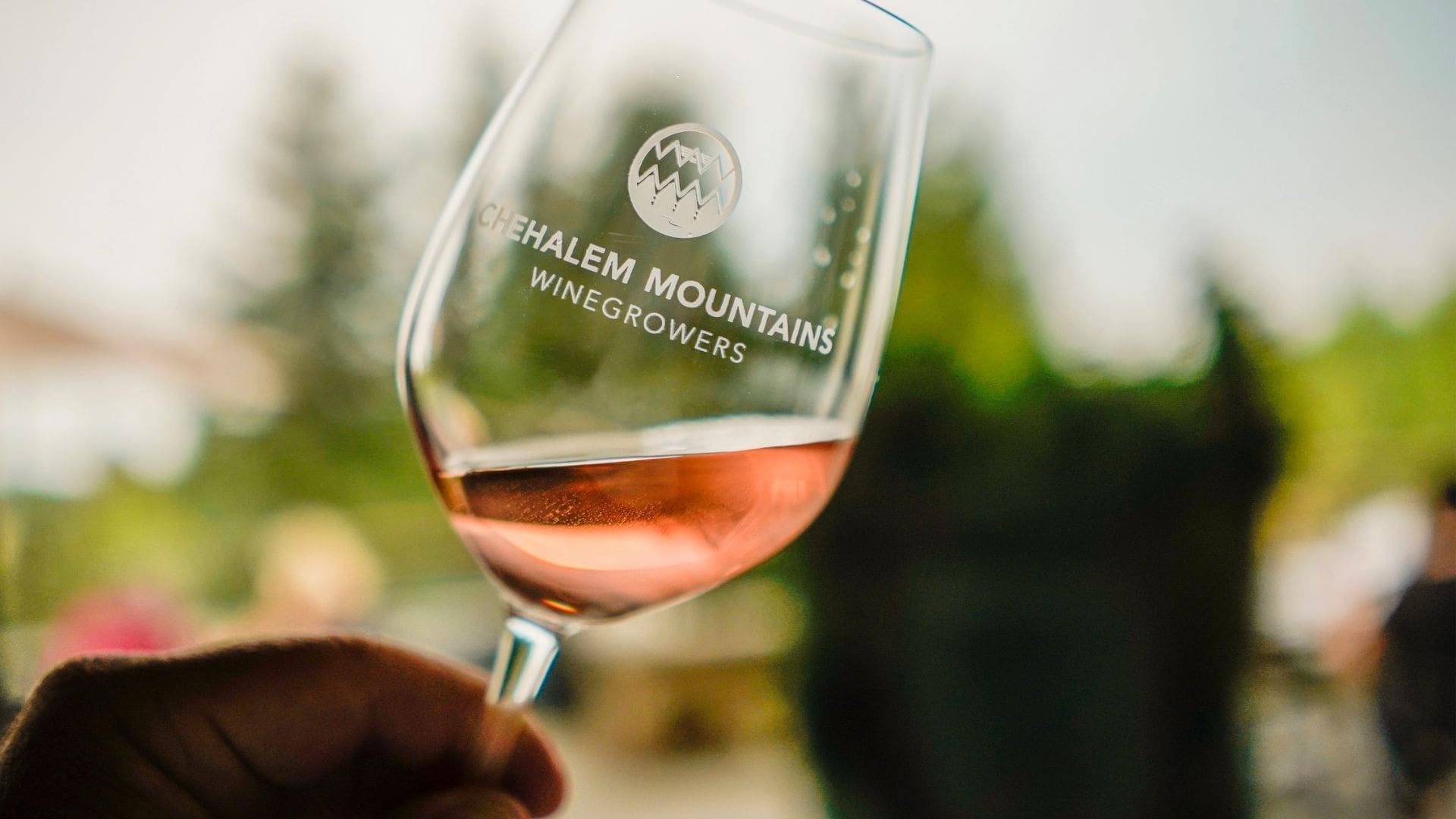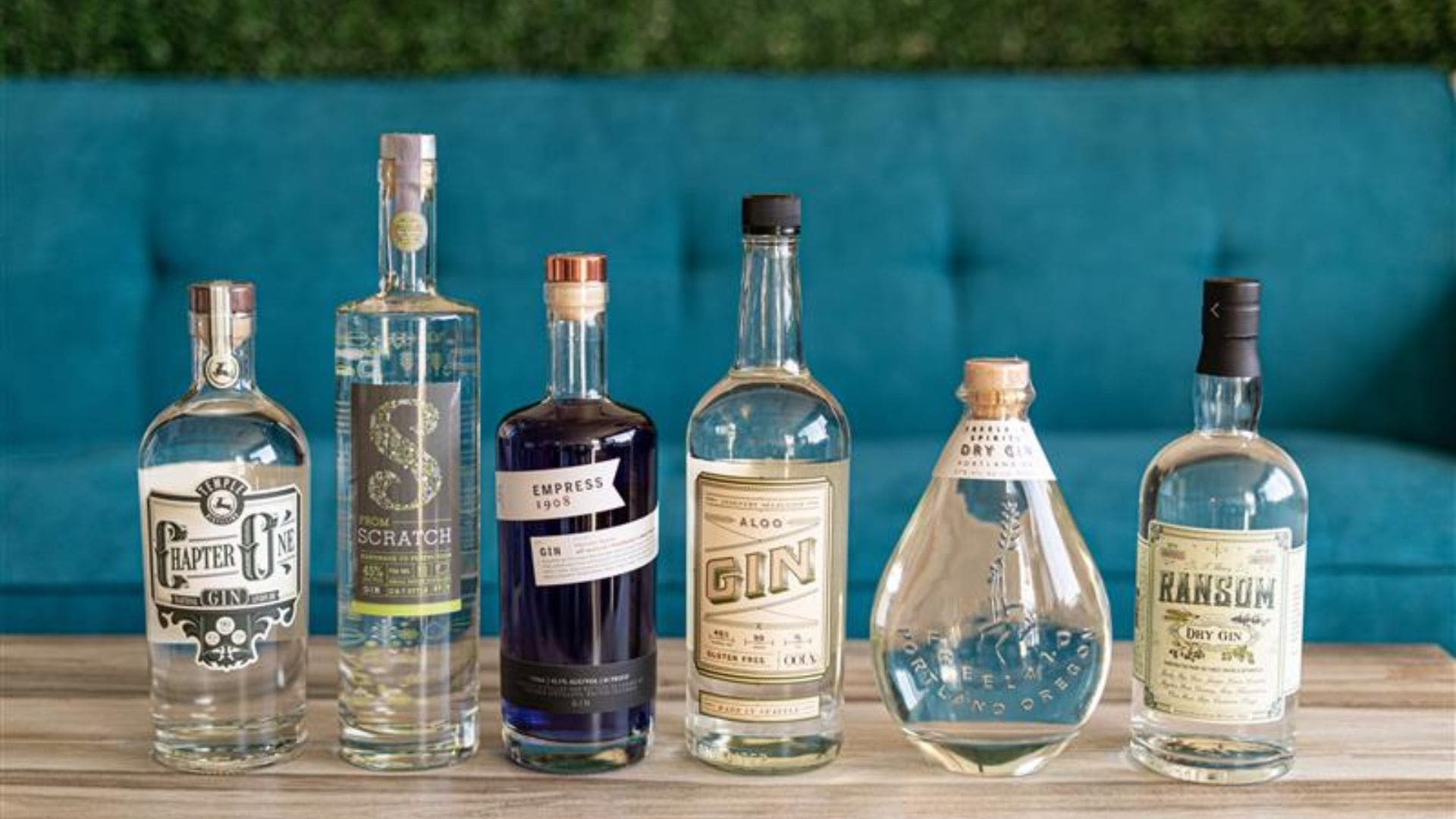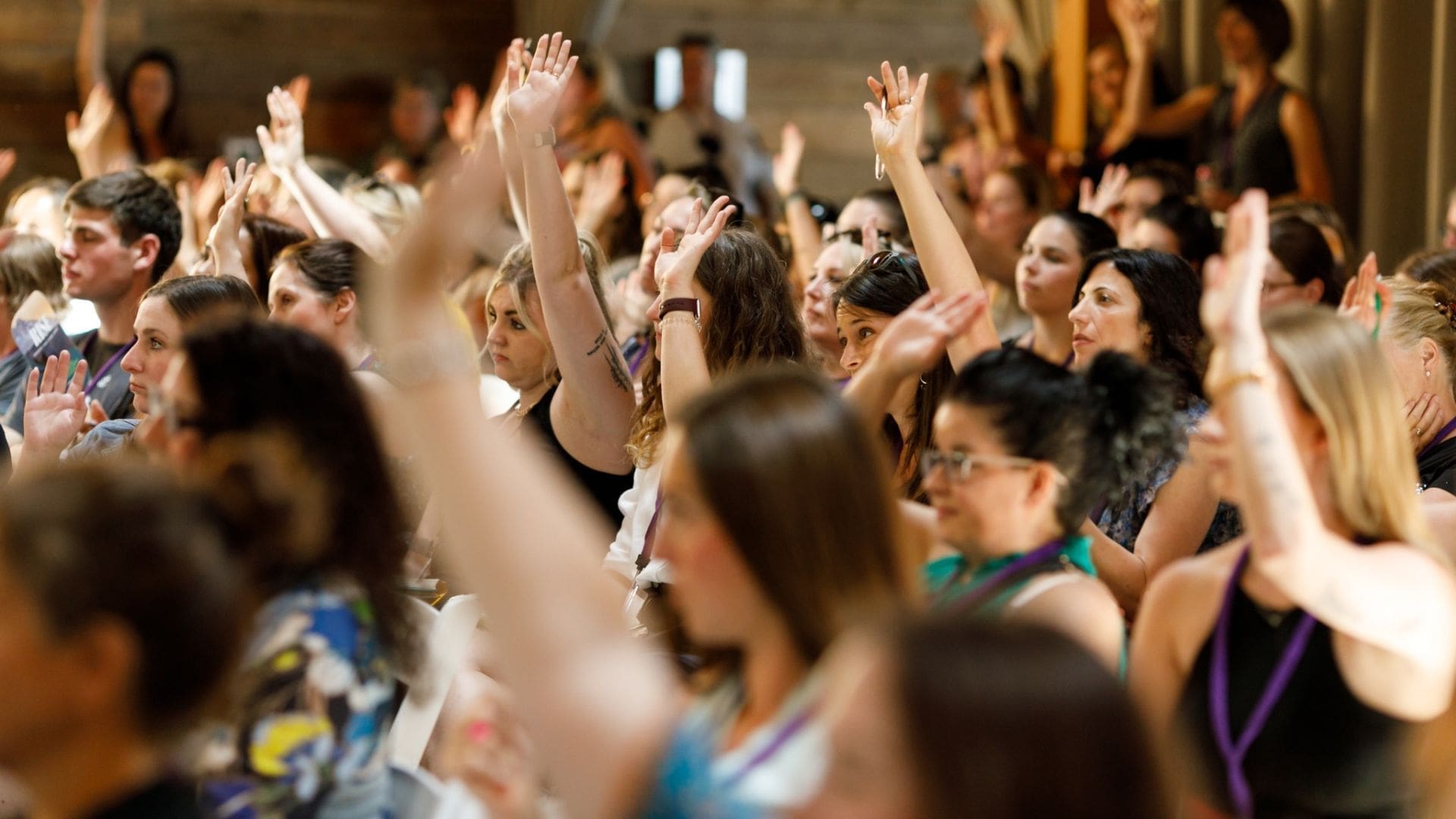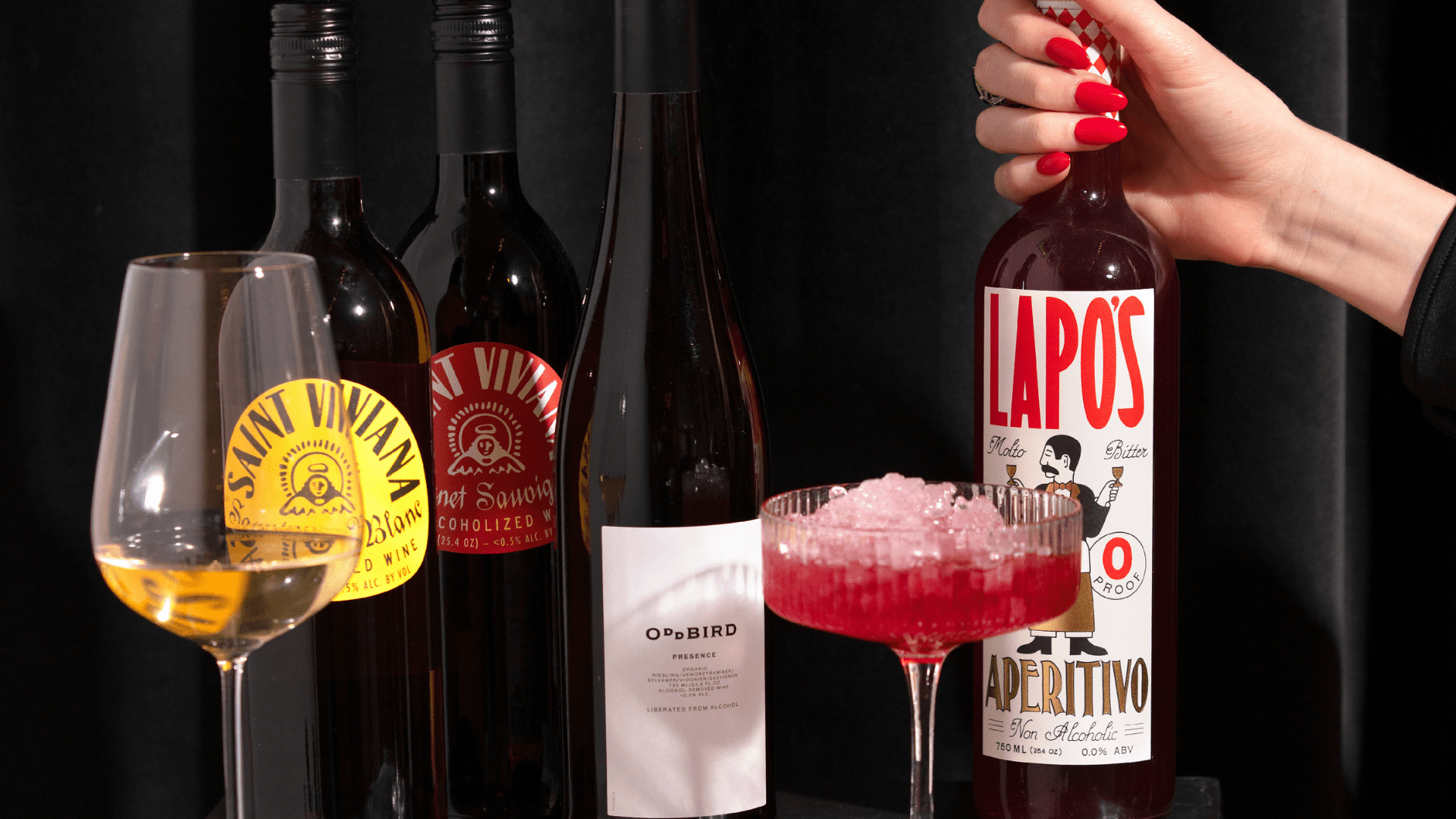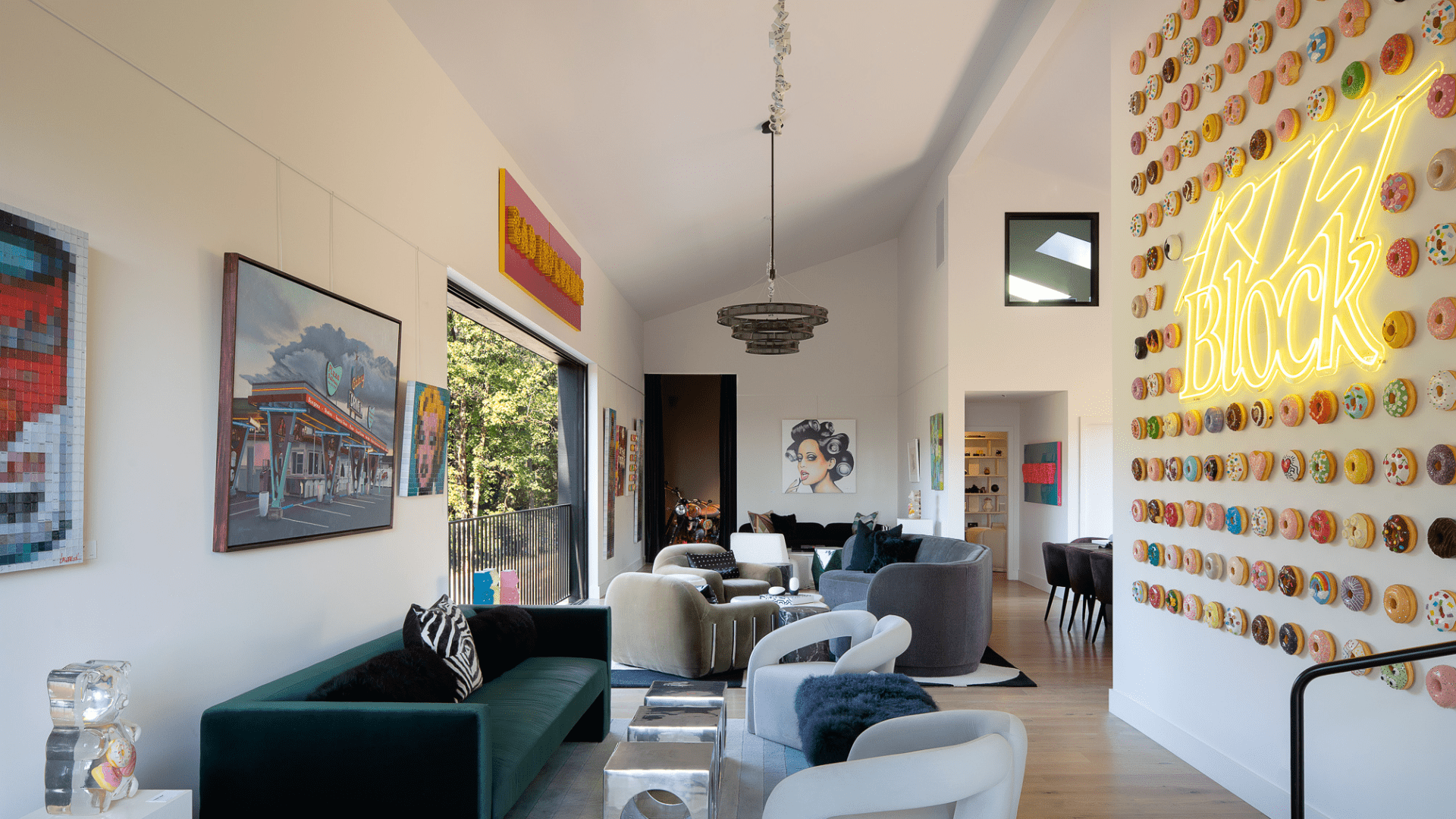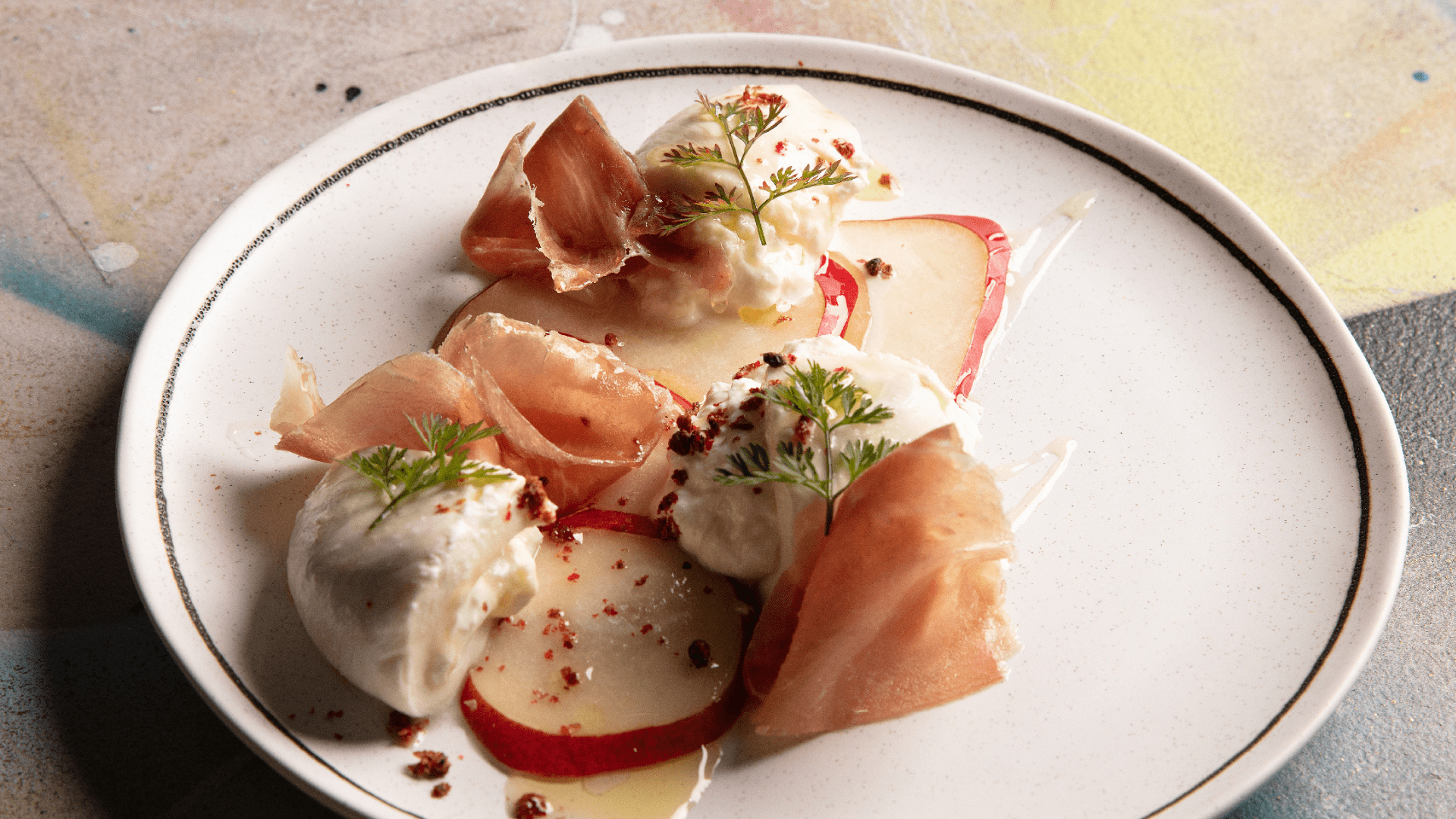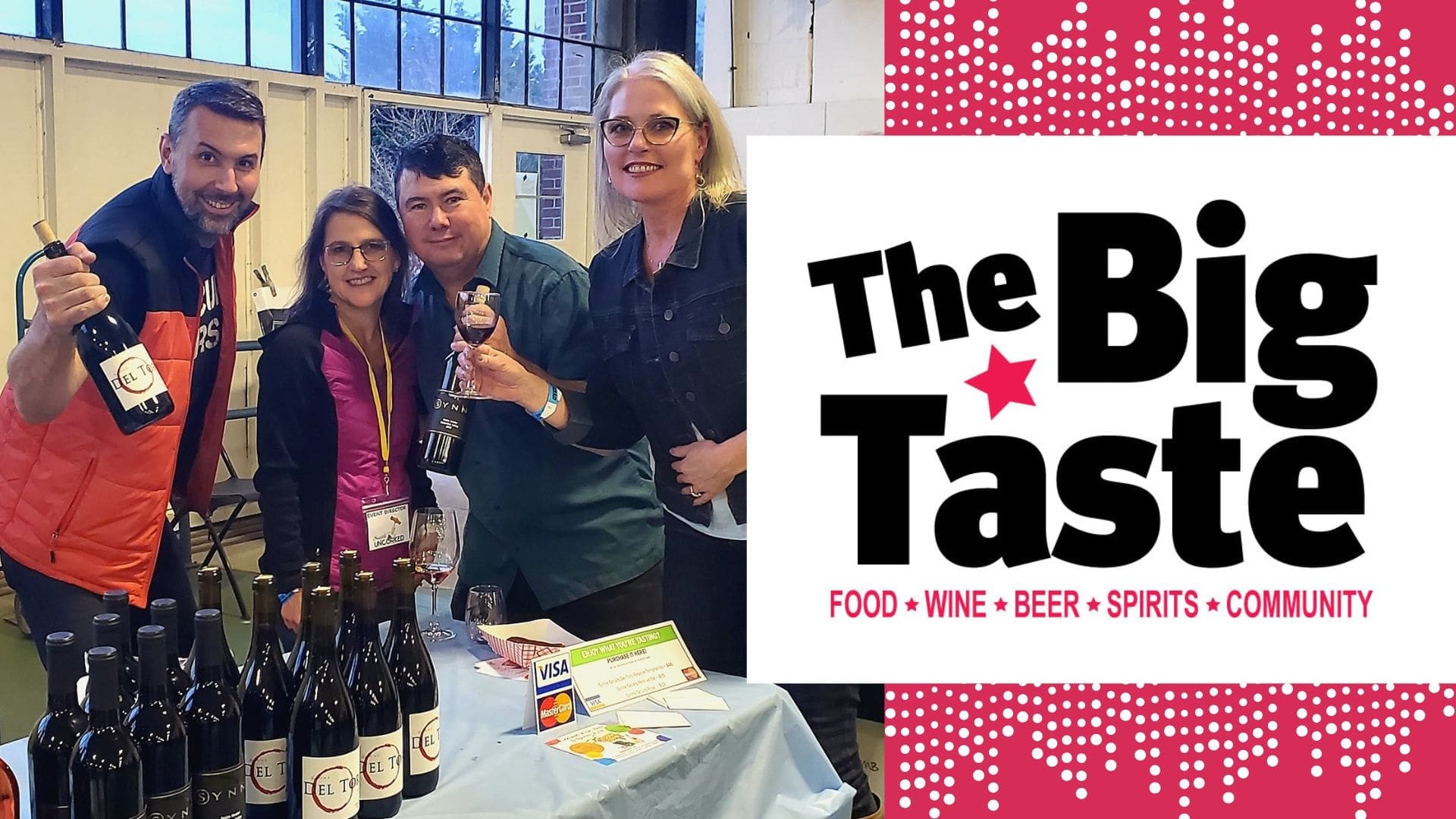Anna Buxton loves to learn and problem solve. After growing up in Gig Harbor, Washington, she headed to the Chimpanzee Human Communications Institute in Ellensburg, Washington, to study language. When that didn’t seem like a good fit, she moved to China and studied Chinese language, religious studies and philosophy at Southwest Minzu University. Since her classes were in Mandarin, she taught herself that. For good measure, she learned the local dialect of Chengdu, where she was living at the time, to communicate with others outside of class.
Then, back stateside, van life came calling. For a decade, Buxton worked as a rafting guide in summers and a ski tech in winters. She was thinking of becoming a master plumber before landing a job at a rifle range, gun store, and brewery in Wenatchee where she became fascinated with the tubing and underbelly of a beer system — the part of running a brewery that patrons may not think about, but is crucial for stellar beer service.
Buxton became a homebrewer, but she wasn’t able to get a foothold in the industry because of her gender. She moved to Portland because she believed that a woman brewer could get a chance in the Rose City. “Portland had more women in the beer scene than other cities,” she says. “I moved to Portland at a great time. I told myself if I fail it isn’t the patriarchy, it’s me.”
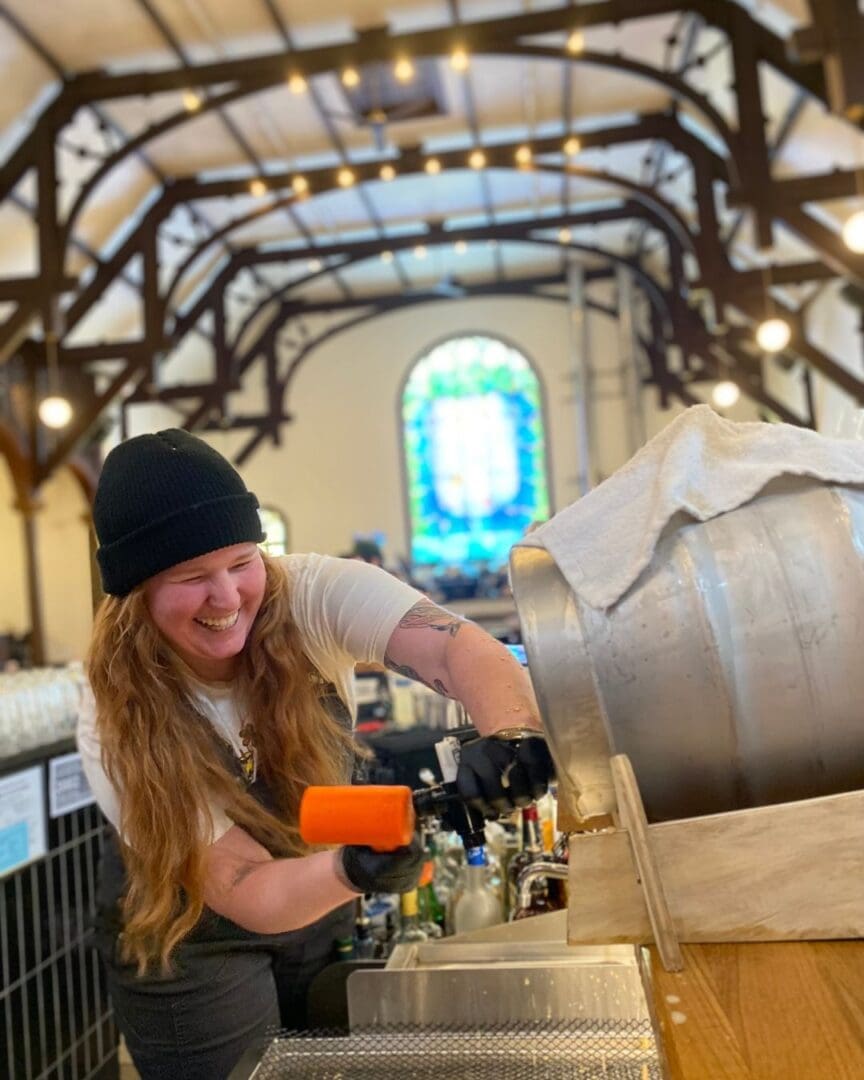
Her instincts proved correct. She apprenticed at Rock Bottom Brewery under mentor Todd Britt then became head brewer at Uptown Market in Beaverton. In 2018, she became head brewer at Rock Bottom in Long Beach, California — a bustling brewery where she had to create a varied brew program to meet the tastes of Los Angelistas as well as tourists from across the globe. She then got a job as a “cellar man” (more accurately “cellar person”) at Modern Times, where she learned the science and art of cask brewing.
When she became head brewer at Steeplejack Brewing in 2021, she combined her vast range of beer knowledge to create a beer program that’s approachable for the casual drinker and still fascinating to the aficionado. Steeplejack, has four locations in and around Portland, Oregon, and the flagship sits in a former Unitarian Church with vaulted ceilings and stained glass windows framed with ivy and daylilies. In the center are small birds in rainbow colors flying upward toward a heart-shaped beam of light. Buxton explains that the bright colored glass on these small birds brings dots of colored light into the room that move throughout the day.
The mystical nature of this lovely window seems to square with Buxton’s passion for brewing, and in particular, the traditional English practice of cask conditioning. This technique requires the brewer to put beer into casks and then send them to the “cellar man” who allows the beer to continue to ferment in the cask. It is this person who determines when the beer is ready to serve — and it is a highly skilled practice.
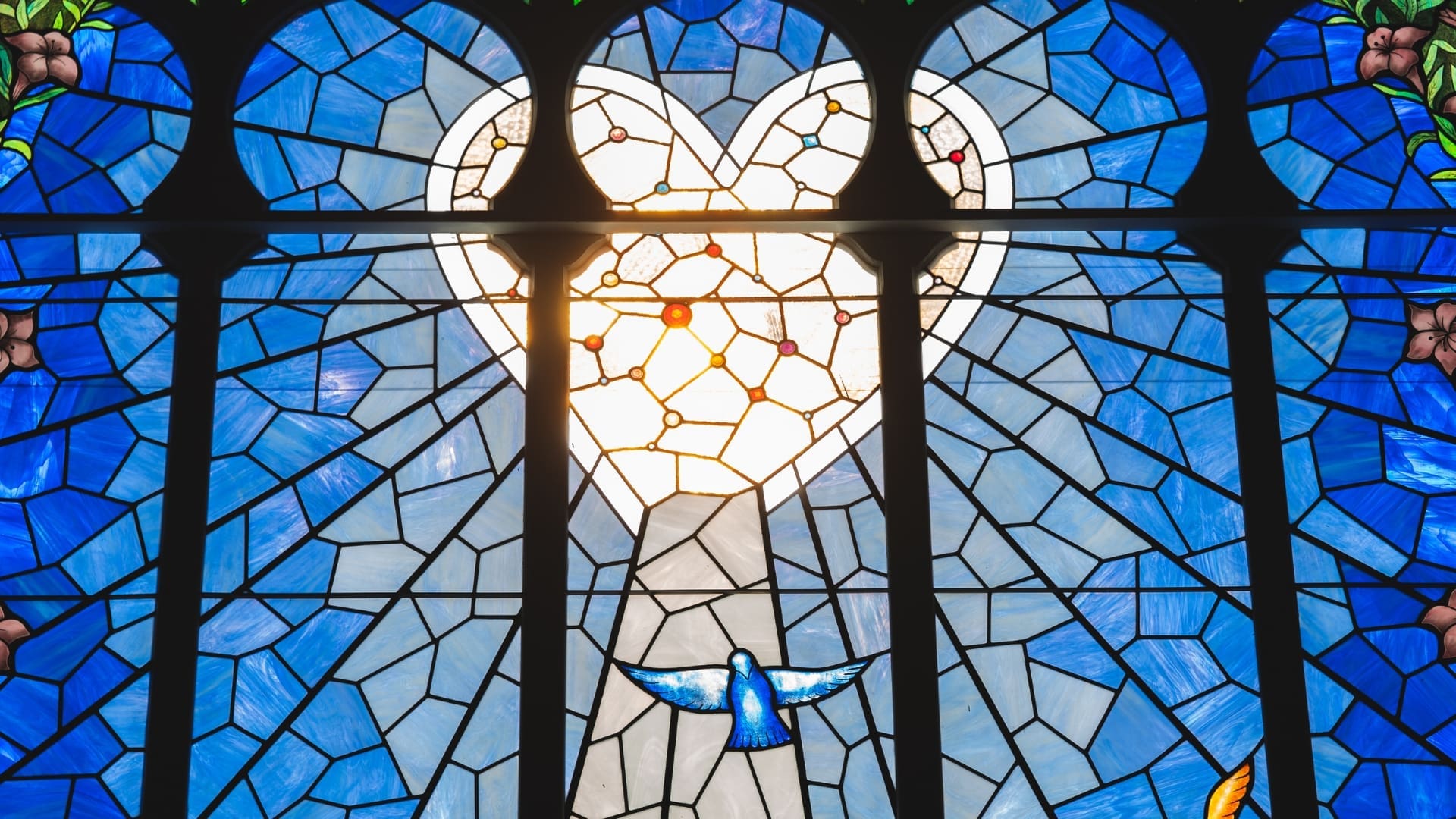
Buxton views this type of cask conditioning as a type of magic. For now there’s only one definitive book on the subject because it’s traditionally orally passed on from master to apprentice — a secret society of those carefully versed in how invisible strains of yeast consume the sugar in the wort and turn it into alcohol. Brewers mastered this process before scientists could explain it. It somehow still seems miraculous.
At Steeplejack, Buxton’s tap list exhibits her love for, and knowledge of, traditional methods as well as an interest in innovation and creating flavor profiles that are her own. For instance, in the 1900s, oyster shells were used in English brewing to change water chemistry at a time when modern science hadn’t figured this out and beer production was limited to using local water. Last year, Buxton collaborated with Brews for Avenues, a fundraiser for New Avenues for Youth, sourcing oysters that were used to make a stout. This year she made a pale ale with the oysters as well as another useful product from the sea that’s plentiful on the Oregon Coast. “The best oyster beers use seaweed,” says Buxton. “We used kombu and wakame. We’re also experimenting with dulce.”
Overall, the tap list has low-ABV brews. Buxton employs a “first pint, second pint” strategy — she expects customers to try a couple different beers because of their low alcohol content. This allows them to get one pint of something familiar and then try something new. This style of beer also fits with the current trend of low-ABV brews and ones with fuller hop textures. This is a pendulum swing from the boozier and fruitier beer popular from 2015 to 2019, but Buxton’s been in the business long enough to know that the current trend will likely swing again.
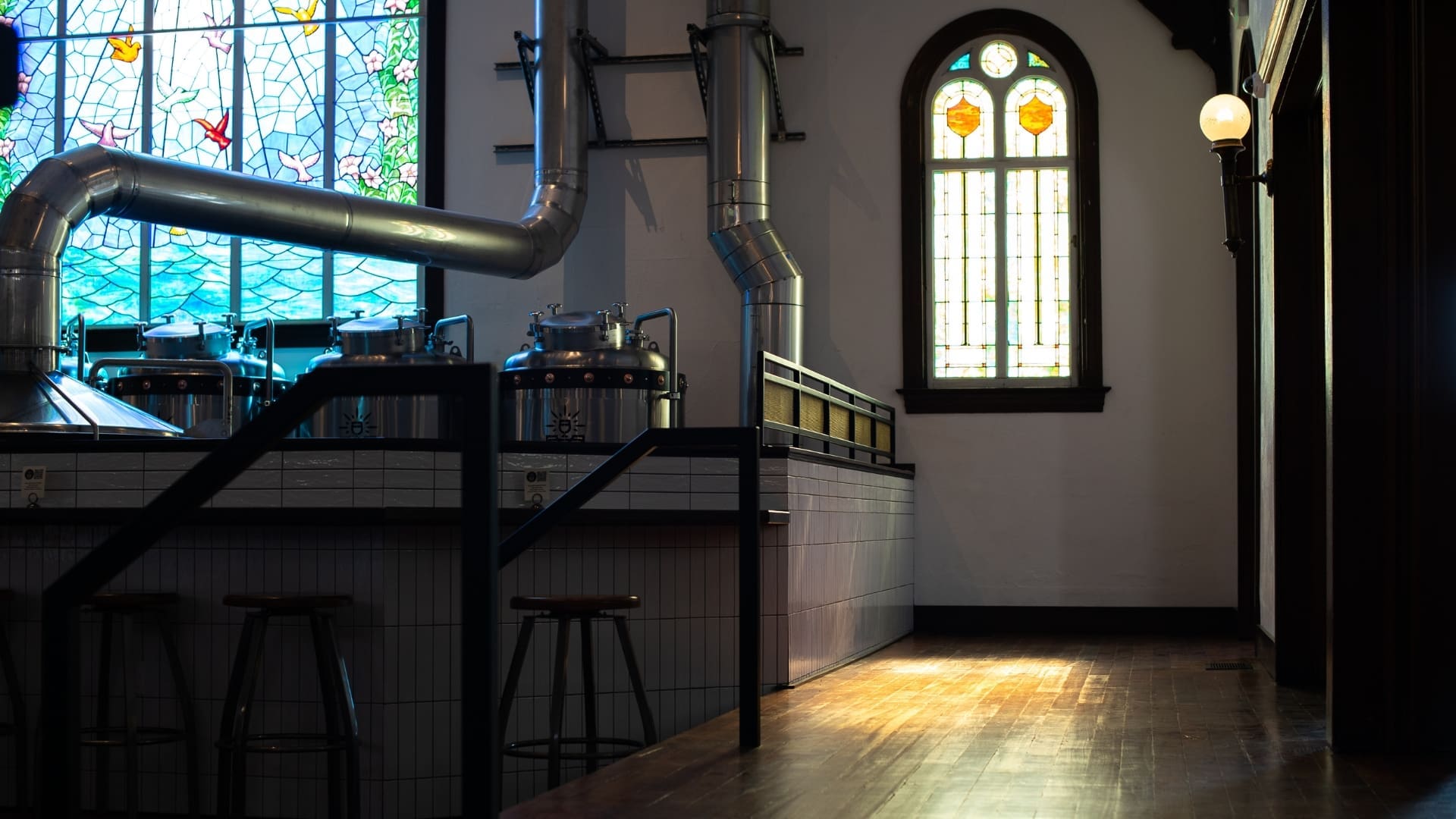
At Steeplejack, Alewife English brown ale with notes of cinnamon oatmeal cookie, dried fruit and chocolate has become a bestseller. Beer nerds and particularly women brewers will recognize the term “alewife” as a callback to the past when brewing beer was done by women in the home as part of their housekeeping duties. A woman who expanded their home brewing into the marketplace was called an alewife.
Buxton is pleased to see more seats at the table for women brewers. She loves that Portland is a place where women brewers can find a place in the industry. SheBrew PDX, a celebration of women brewers hosted by the Oregon Brew Crew with proceeds going to the Human Rights Campaign, is an example. This well attended event, moved to a larger venue this year, requires that all beer served is made by women based on a recipe they created. This recipe requirement is huge because it creates an opportunity for women brewers to show their abilities. It also results in interesting trends. “Women in the beer scene gravitate to certain styles,” says Buxton. “If there’s French pils on the taplist, there’s probably a woman in the brewery.”
She views casting a wider net and opening the brew field to a more diverse group of brewers as a win for the industry and its fanbase. “Beer made by a more diverse group of people leads to a more diverse beer,” says Buxton.
Images courtesy SteepleJack Brewing Co

